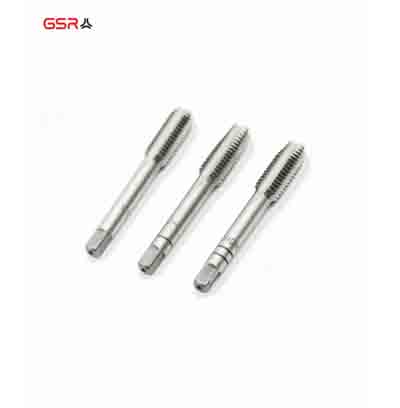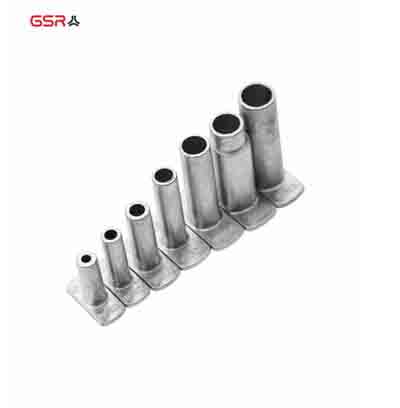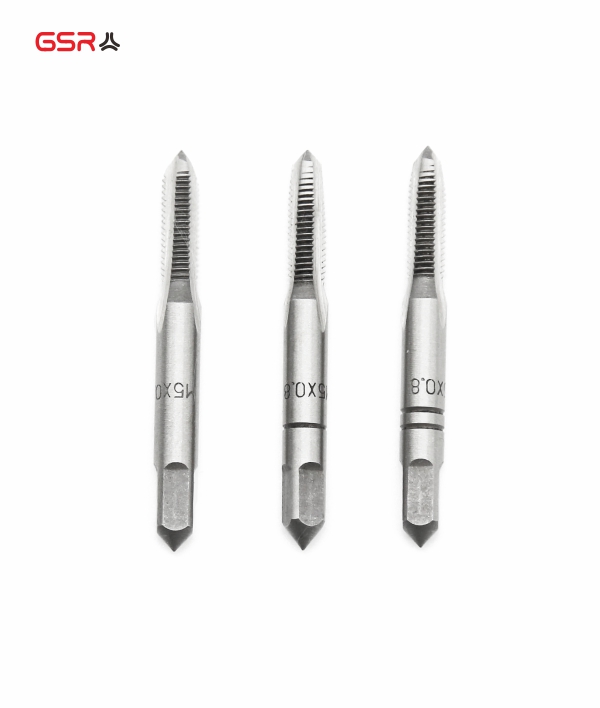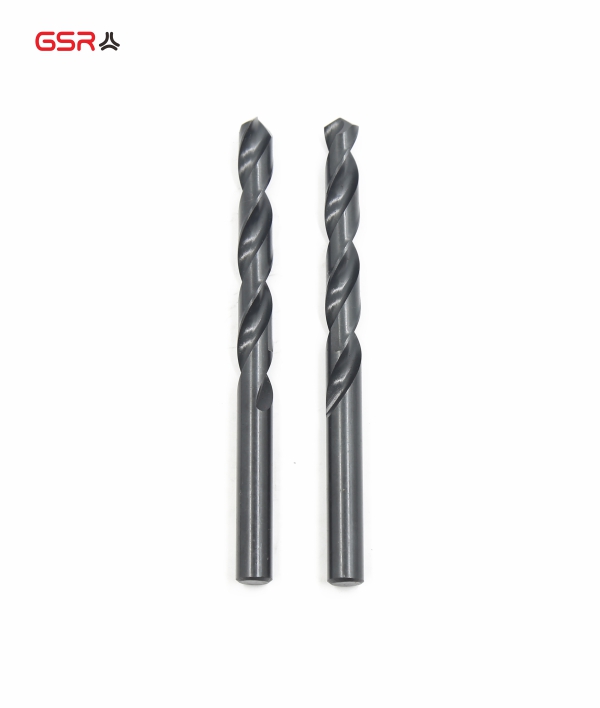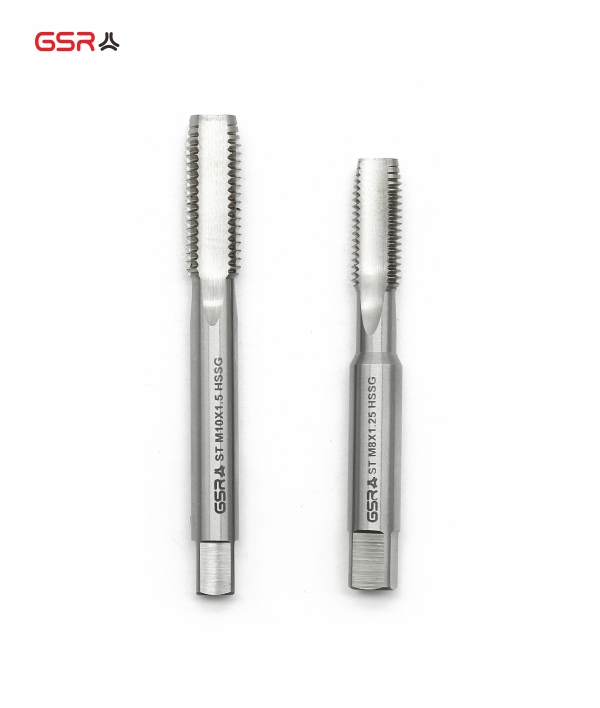What Does an Internal Thread Cutting Tool Do?
Aninternal thread cutting tool, also known as a tap, is a tool used to create internal threads in a hole or nut. It is designed to cut or form threads within a pre-drilled or pre-tapped hole, allowing for the insertion of screws, bolts, or other threaded fasteners. In this guide, we will explore the purpose, types, and usage of internal thread cutting tools.
Purpose of Internal Thread Cutting Tools:
Internal threads are commonly used in various applications, including machinery, automotive, construction, and manufacturing industries. The primary purpose of an internal thread cutting tool is to create precise and accurate threads inside a hole or nut, enabling the mating of external threaded components. By cutting or forming threads, these tools provide a means of joining or securing parts together, facilitating disassembly and reassembly when needed.
Types of Internal Thread Cutting Tools:
Taps:
Taps are the most commonly used internal threading tools. They feature cutting edges and flutes along their length, which remove material to form the thread. Taps come in different types, including hand taps, machine taps, spiral-point taps, and spiral-flute taps. Hand taps are used for manual threading, while machine taps are designed for use with tapping machines or power tools. Spiral-point taps and spiral-flute taps have specialized designs for efficient chip evacuation and high-speed tapping, respectively.
Thread Forming Taps:
Thread forming taps, also known as roll taps or cold forming taps, create threads by displacing the material rather than cutting it. They work by deforming the material in the hole to form the thread. Thread forming taps are commonly used with ductile materials such as aluminum, brass, and certain plastics. They produce threads with higher strength and improved thread surface finish.
Thread Milling Cutters:
Thread milling cutters are used to generate internal threads by rotating the cutter into the material. These cutters have multiple cutting edges and can produce threads of various sizes and pitches. Thread milling cutters are commonly used in CNC milling machines and provide versatility in producing different thread forms.
Usage of Internal Thread Cutting Tools:
Preparation:
Before using an internal thread cutting tool, the hole or nut needs to be properly prepared. This typically involves drilling a hole with the appropriate diameter for the desired thread size. In some cases, a pre-tapping operation may be required to create initial threads that facilitate the cutting process.
Aligning the Tool:
The internal thread turning tool is aligned with the hole or nut, ensuring that it enters straight and perpendicular to the surface. Proper alignment is crucial to ensure accurate thread creation and to prevent tool breakage or damage to the workpiece.
Cutting Process:
The cutting process involves rotating the internal thread cutting tool into the material, applying sufficient pressure to engage the cutting edges with the workpiece. For hand taps, a tap wrench is used to provide torque for the rotation. Machine taps are often used with tapping machines or power tools to facilitate faster and more efficient threading. Thread forming taps are rotated into the material at a lower speed compared to cutting taps, allowing the material to cold flow and form the threads.
Lubrication:
Using cutting fluids or lubricants during the threading process helps reduce friction, heat generation, and tool wear. It also improves the surface finish of the threads. The appropriate lubricant depends on the material being threaded and the type of internal thread cutting tool being used.
Thread Depth and Finish:
Internal thread cutting tools are designed to cut threads to a specific depth. It is important to control the depth to ensure proper engagement of the mating external thread. Thread depth is typically determined by the length of the cutting flutes on the tool.
For more information, please contact us. We will provide professional answers.






